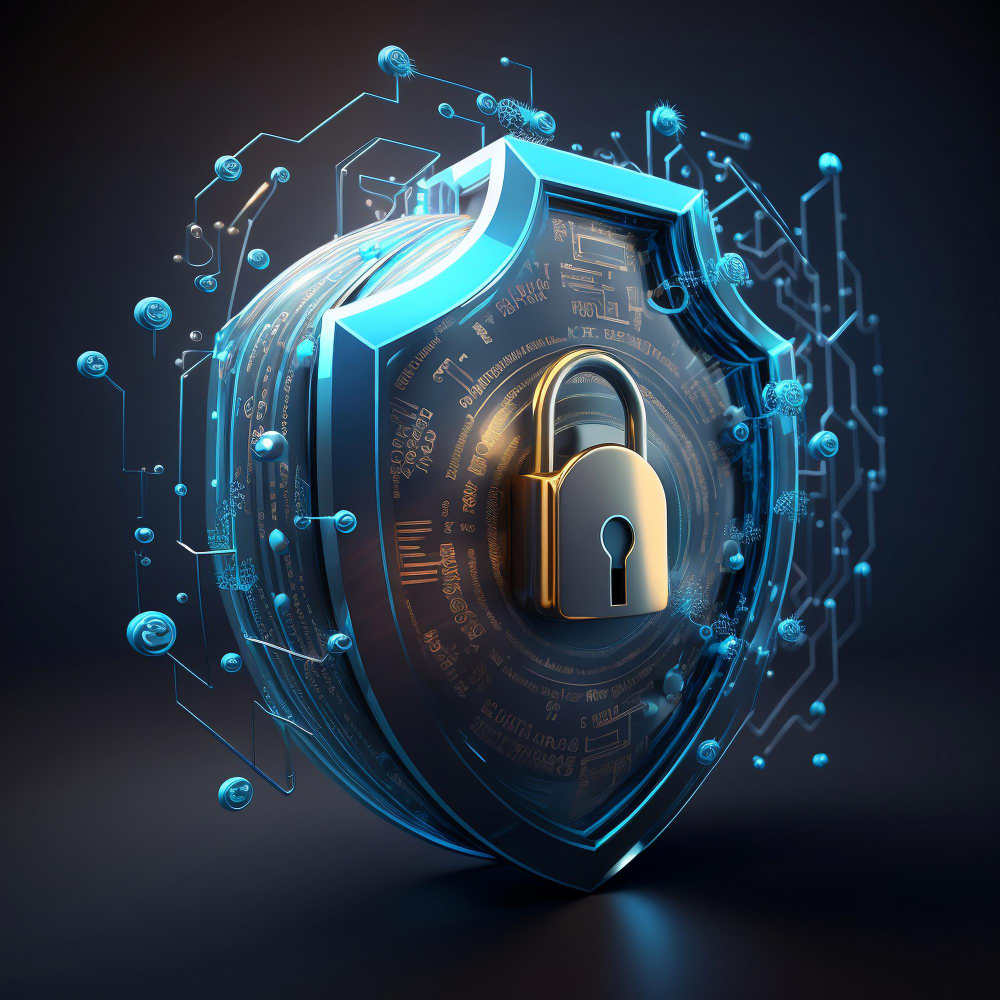With remote work becoming a long-term reality for many businesses worldwide, cybersecurity has taken on new levels of importance. As employees connect from coffee shops, home offices, and shared spaces, securing sensitive information and organizational networks has never been more critical.
The Changing Threat Landscape
The shift to remote work has created new opportunities for cybercriminals. These include:
- Increased phishing attacks targeting remote employees.
- Use of unsecured personal devices and networks.
- Lack of centralized IT control over distributed work environments.
Hackers exploit these vulnerabilities to gain access to company data, deploy ransomware, and compromise internal communications.
Top Cybersecurity Best Practices for Remote Teams
- Use a Virtual Private Network (VPN)
Ensure all employees access company resources through a secure VPN. This encrypts internet traffic and minimizes exposure to man-in-the-middle attacks. - Implement Multi-Factor Authentication (MFA)
Adding layers of verification—like a code sent to a user’s phone—makes it significantly harder for unauthorized parties to gain access. - Update and Patch Regularly
Outdated software is a common entry point for attackers. Ensure that all devices—personal and corporate—are set to update automatically. - Educate Employees on Phishing and Social Engineering
Conduct regular training sessions to teach staff how to identify suspicious emails, fake login pages, and deceptive messaging tactics. - Use Endpoint Protection
Install antivirus and anti-malware software on all devices used for work. Advanced endpoint detection and response (EDR) tools provide real-time threat monitoring. - Secure Video Conferencing Tools
Ensure platforms like Zoom or Microsoft Teams are configured with proper settings: disable guest access, require passwords, and lock meetings when all attendees are present. - Implement Role-Based Access Control (RBAC)
Not every employee needs access to every file. Restrict permissions based on job function and regularly audit access levels. - Enforce Strong Password Policies
Use password managers to create and store complex, unique passwords. Consider enterprise solutions to manage credentials securely. - Create a Clear Incident Response Plan
Have procedures in place for detecting, responding to, and recovering from security breaches. Ensure that employees know who to contact and what steps to follow in the event of an incident. - Regular Security Audits and Risk Assessments
Continuously evaluate systems and protocols to stay ahead of new threats. External audits provide objective insight into potential vulnerabilities.
Conclusion
Remote work isn’t going away—and neither are cyber threats. By implementing proactive security measures and fostering a culture of digital vigilance, organizations can protect their data, employees, and reputation in the digital era.
Stay tuned for the next comprehensive blog post in the series!













